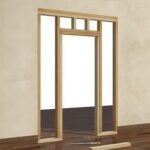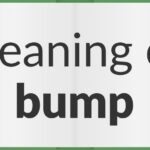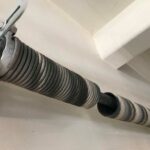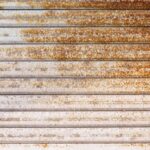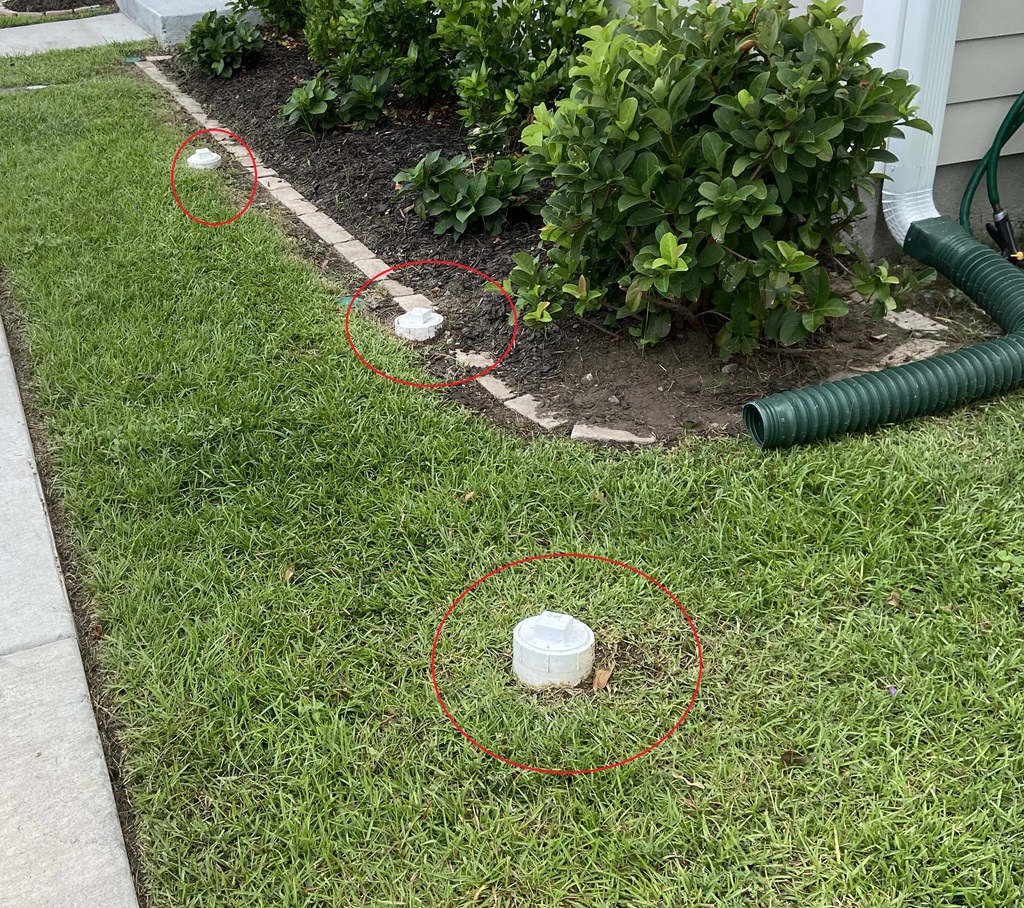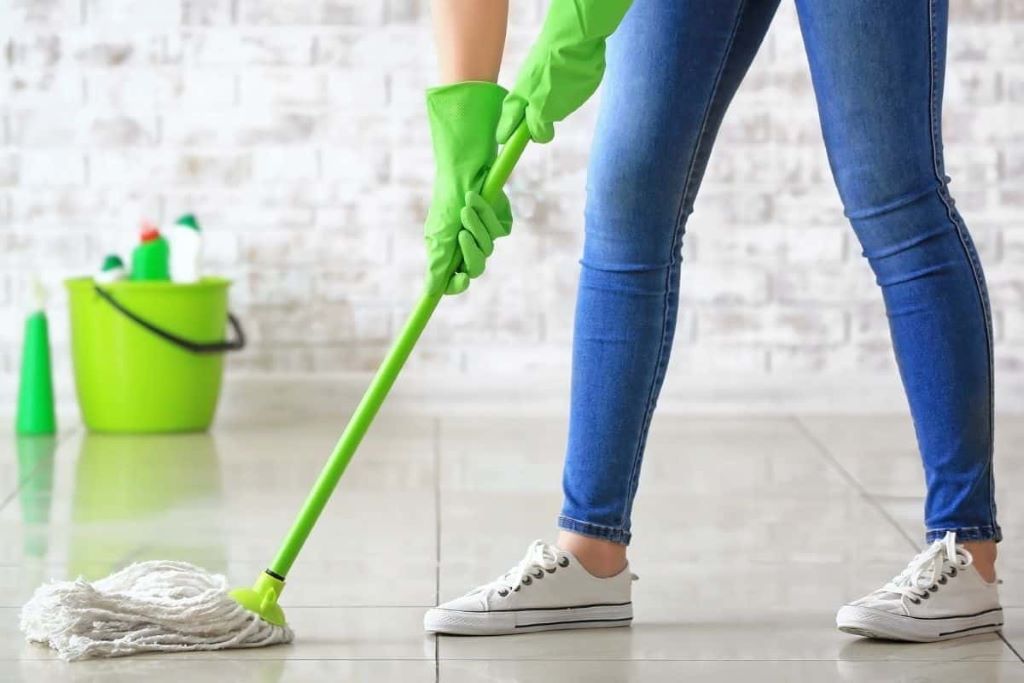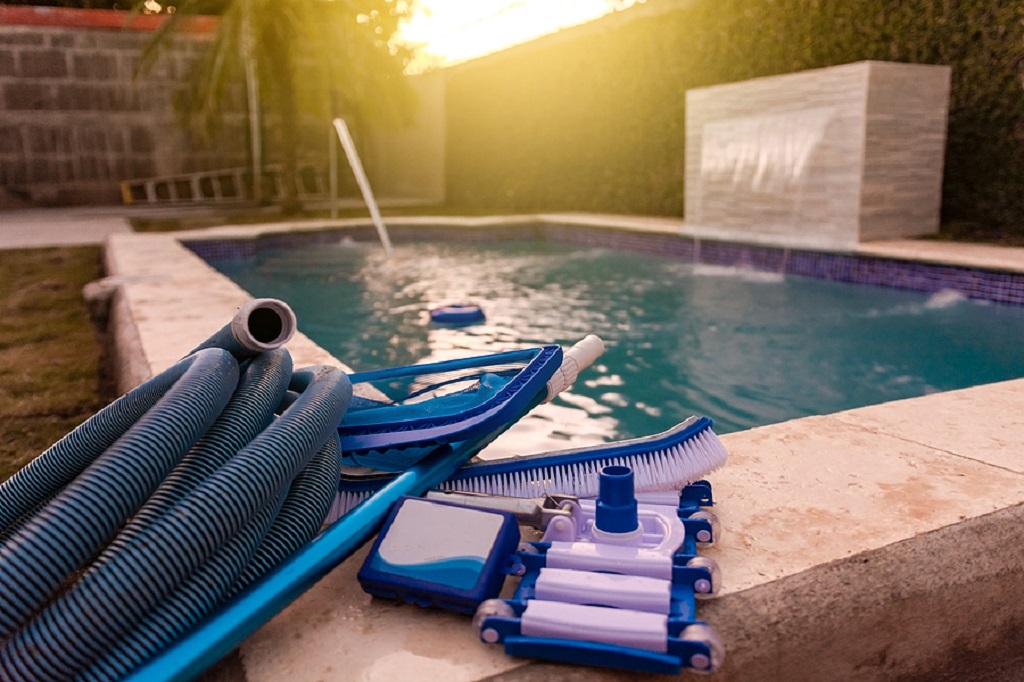To eliminate humidity, it is not necessary to resort to chemical ingredients dangerous to health, but we can eliminate it with more natural and harmless products
Most of us want all the spaces in our home to look good and shiny, hygienic, and free of moisture and unpleasant odors. This not only increases the feeling of harmony but also allows us to avoid the development of allergies and respiratory diseases.
However, maintenance and cleaning tasks can sometimes be complicated. The reason is that in places like walls and ceilings there is a tendency for moisture to develop from excessive mold growth. These fungi can belong to the Cladosporium, Penicillium, and Alternaria species. In addition, its appearance usually causes dark spots that are difficult to remove.
And, although at first, it seems that they only affect the aesthetics of the house, over time it can become a strong trigger for diseases.
Because of this, we want to propose a series of homemade solutions to eliminate it without the need for aggressive chemicals.
Below we will tell you in detail what it is about and how to apply them whenever necessary.
Salt for moisture
Kitchen salt is one of the best allies for removing mold stains, as it easily absorbs moisture and creates a protective barrier against the growth of these microorganisms.
For many years it has been used as a complement to household cleaning tasks, not only because it is used to disinfect but also because it removes even difficult stains.
How to use it?
- First, pour a kilo of salt into a wide-mouthed container. Place it right in the center of the humid places in your home.
- This ingredient will absorb moisture from the air and prevent the reappearance of the fungus.
- Change it when you notice that its color is dark, as it is an indication that it cannot absorb more moisture.
Mustard flour
Mustard flour has antifungal and disinfectant properties that help eliminate fungi that stain walls and ceilings.
Similar to the previous ingredient, its presence in humid spaces helps eliminate this problem.
How to use it?
- Put a generous amount of mustard flour in a container and place it near the places where mold grows.
- Change it once a week for optimal results
White vinegar
Known as one of the best green cleaning agents, white vinegar is an excellent product for removing stains, mildew, and odors. The antifungal and antibacterial compounds in vinegar act directly on the microorganisms that cause moisture, leaving a clean and healthy environment.
How to use it?
- Combine equal parts white vinegar with water and pour it into a spray bottle.
- Next, spray the product on the walls and ceilings, and wait 20 minutes for it to work.
- After this time, remove the stains with a damp microfiber cloth or sponge.
Tea tree essential oil
The essential tea tree oil has gained worldwide fame for being a healthy option to clean the home and protect the body.
Thus, since it has antibiotic and antifungal properties, it is effective in eliminating mold that causes moisture stains
How to use it?
- Add a teaspoon of tea tree essential oil to a pint of warm water. Then pour it into a jar and shake it.
- Spray the amount you consider necessary, wait 15 minutes for it to work, and rub the surface with a brush or cloth.
Hydrogen peroxide
Although its main applications have to do with the skin, hydrogen peroxide is a good option to whiten the walls and eliminate fungi. Although some recommend diluting it in water, the idea is to leave it in its pure state to remove moisture more easily.
How to use it?
- Pour 3% hydrogen peroxide into a spray bottle and spray onto desired surfaces.
- Let it take effect for 15 minutes and finally. remove it with a brush or sponge.
Sodium bicarbonate
Sodium bicarbonate is abrasive and antibacterial which serves for cleaning surfaces of many homes.
Its direct application on moisture helps to absorb it and, in turn, acts directly on the fungi that cause it.
It has bleaching and deodorizing properties that remove dark spots and odors.
How to use it?
- Dampen some of the baking soda with water or lemon juice, then apply it to the wet spots.
- After 20 or 30 minutes, rinse and scrub with a brush.
Finally, for best results, try to open your windows and doors every day. This will improve environmental ventilation, which is key to eliminating moisture.
You may also like to read, Decorate your indoor garden with plants that absorb moisture


